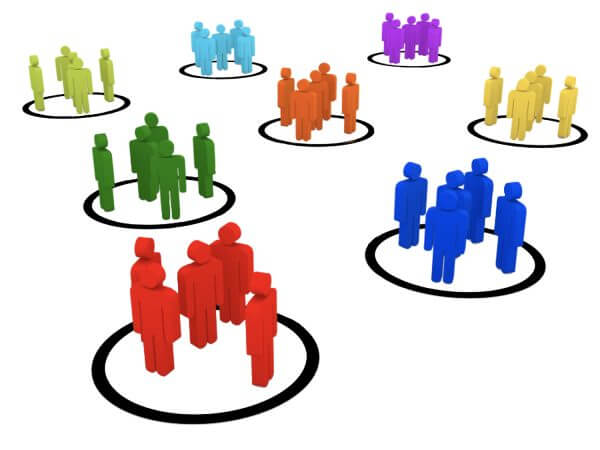Gossip cells can form when people work in task groups
separate from other employees.
Bring employees together to hear their shared experiences.
A Company That Invited People Into Task Groups / Cells
I did temporary office work for a number of years. I worked at one corporation for a few months. The corporation hired several temporary workers for months at a time.
I worked with various permanent employees in various departments. I worked mostly with other women. At lunchtime every day, the women I was working with that day invited me to eat lunch with them. I never ate lunch alone.
One day I did several different jobs in several locations for one department. That day I discovered why the women I worked with were so welcoming.
The vice-president for that department went from desk to desk, asking employees how they were doing in their jobs. He talked to every employee in every task group. Because I was working all over the department, I listened to many of these conversations. I heard employees give similar responses about their day to day experiences at the company.
That kind of welcoming can offer opportunities to connect different task groups.
Connecting Task Groups / Gossip Cells Opportunity #1
After talking to individual employees in different task groups, he could bring the whole department together to discuss their shared experiences. Employees would learn about their shared experiences and problems. They could learn how shared problems have different effects in different task groups. They could discuss ways to help each other.
Connecting Task Groups / Gossip Cells Opportunity #2
Management could host regular lunches with one employee from each task group, rotating which employees attend for each lunch. These types of questions would reveal commonalities between groups:
“How does ——————————
“What would you do to save time / money / etc. in your department?”
“What do you need from me?”
Employees from different task groups would likely feel comfortable talking to each other after the lunches.
Commonalities would give employees from different task groups reasons to talk to each other about their work.
Giving everyone a 2 minute speaking limit would keep the conversation moving.
Connecting Remote Task Groups / Employees
Management could arrange a time for remote employees from different task groups / job functions to meet remotely for lunch.
Ask all the same questions.
Invite employees to type their responses into the chat.
The same comfort level and reasons to discuss work issues will follow.
© Paula M. Kramer, 2021 to the present
All rights reserved.

